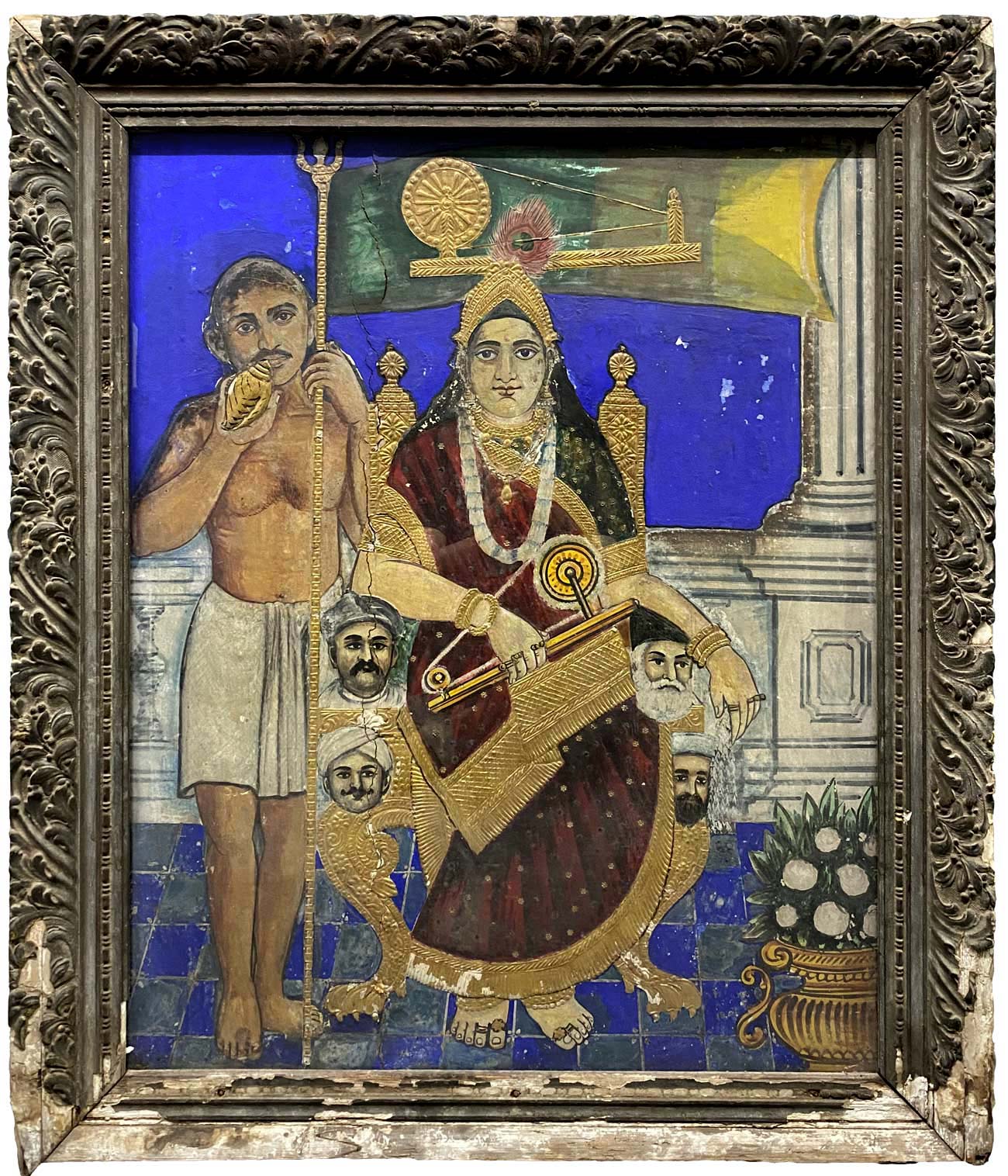- Home
- Gandhi and Bharat Mata
Loading...
Gandhi and Bharat Mata
All orders are insured for transit.
This item cannot be shipped outside India.
All orders are insured for transit.
This item cannot be shipped outside India.
Details
| Size: | 35 x 3.5 x 41 inches |
| Medium: | Tanjore Painting |
| Condition: | Discolouration on frame |
Description
Mohandas Gandhi (1869–1948) was a lawyer, anti-colonial nationalist, and political ethicist, who employed nonviolent resistance to lead the successful campaign for India's independence from British rule, and in turn inspired movements for civil rights and freedom across the world. Bharat Mata (Mother India), is the national personification of India as a mother goddess. The image of Bharat Mata formed with the Indian independence movement of the late 19th century.
-
Description
Read MoreIt is extremely rare to find Tanjore paintings of political subjects, as Tanjores typically depict Hindu deities. This striking and rare painting shows Mahatma Gandhi standing with a conch, while Bharat Mata is seated with the ‘charkha’ (spinning wheel) in her hand. Another gilded spinning wheel is seen above her. Around Bharat Mata are the figures of Bal Gangadhar Tilak (or Gopal Krishna Gokhale), a renowned teacher and activist on the upper left, and Barathiya, a Tamil poet on the bottom left. Towards the right is industrialist Jamshedji Tata on the top, and an unidentified figure on the bottom. There is some time related loss of carving and discolouration on the frame, towards the bottom.
Mohandas Gandhi (1869–1948) was a lawyer, anti-colonial nationalist, and political ethicist, who employed nonviolent resistance to lead the successful campaign for India's independence from British rule, and in turn inspired movements for civil rights and freedom across the world. Bharat Mata (Mother India), is the national personification of India as a mother goddess. The image of Bharat Mata formed with the Indian independence movement of the late 19th century. -
ABOUT Tanjore Paintings
Read MoreTanjore paintings or Thanjavur paintings are named after the city of Thanjavur in Tamil Nadu, India, where they developed as an artform. As early as the 1600s, the city of Thanjavur, under the leadership of the Nayakas, served as the cultural capital for several kingdoms that ruled South India, actively encouraging painting, music, dance and literature. The unique style of Thanjavur or Tanjore painting as known today, is known to have flourished in the Maratha court of Thanjavur between the 17th and 19th centuries. King Serfoji II played a particularly significant role in developing this artform.
Tanjore paintings are characterized by well-rounded, pristine-looking deities painted in vivid colours. The ornaments, arches and sometimes even the deities are adorned in luxurious gold foil, inlaid with glass beads, and sometimes precious and semi-precious gems. The harmony between classic deep-toned colours and the jewel stones dipping into the lush gold foil, stages a grand ambience in the artworks. Apart from the gold leaf technique, Tanjore paintings are also famous for their unique gesso work. Gesso work is masterfully done to elevate the main characters and bordering arches from the surface, that gives a captivating three-dimensional depth to some Tanjore paintings.
Also known as palagai padam – meaning “picture on a wooden plank” – Tanjore paintings were originally completed on boards made from jackfruit or teak wood. Artists used vegetable and mineral dyes for the vibrant depictions of Hindu gods and goddesses. Over time, with rapid commercialisation of Tanjore paintings, plywood began to replace jackfruit and teak wood, while chemical paints took over the rich and dense natural colours. Bal Krishna, Lord Rama and Goddess Lakshmi are common subjects in Tanjore paintings, amongst others. Although extremely rare, some Tanjores also depict cultural personalities and occasionally, those from politics.
Finely curated, premium Tanjore paintings that breathe life into its true historical craftsmanship, have now become scarce. In their time-honoured technique and timeless depictions of mythological deities, authentic Tanjore paintings forward the legacy of Indian heritage across generations.
-
Details
Size: 35 x 3.5 x 41 inches Medium: Tanjore Painting Condition: Discolouration on frame -
Returns
We accept returns within 7 days of delivery if the item reaches you in damaged condition. -
Shipping
Shipping costs are extra, and will be calculated based on the shipping address.All orders are insured for transit.
This item cannot be shipped outside India.
This item has been added to your shopping cart.
You can continue browsing
or proceed to checkout and pay for your purchase.
This item has been added to your
shopping cart.
You can continue browsing
or proceed to checkout and pay for
your purchase.
This item has been added to your wish list.
You can continue browsing or visit your Wish List page.
Are you sure you want to delete this item from your Wish List?
Are you sure you want to delete this
item from your Wish List?

















































































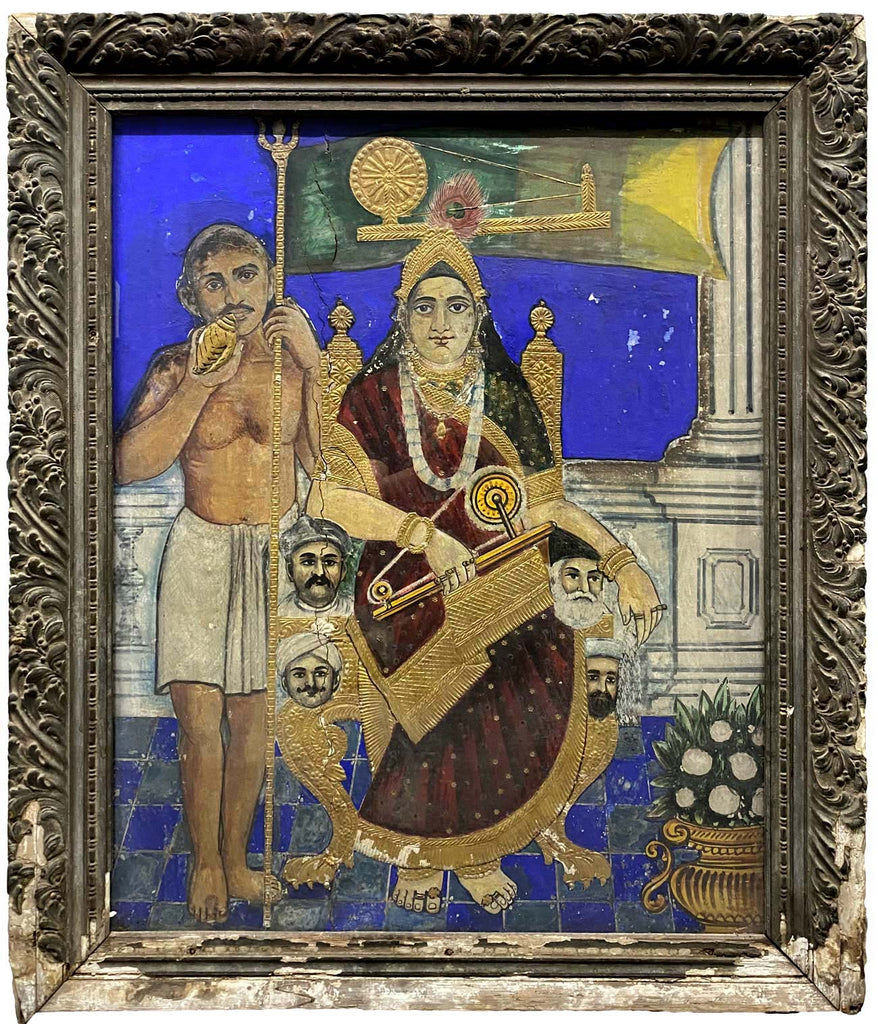
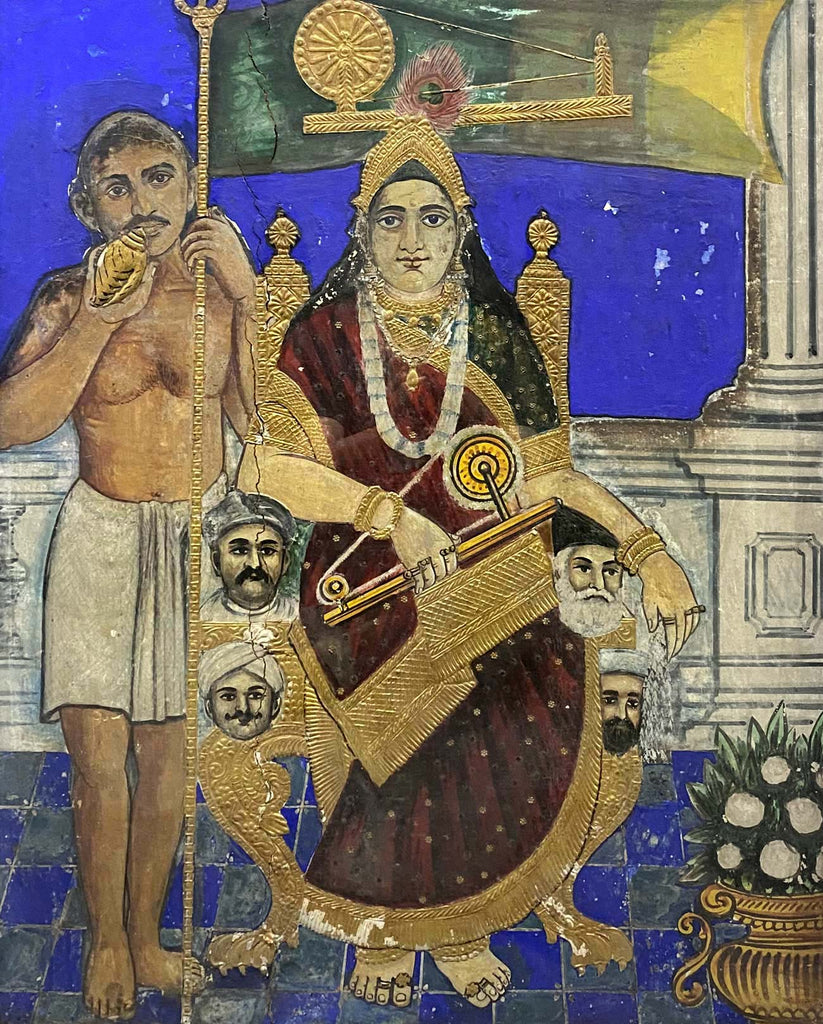
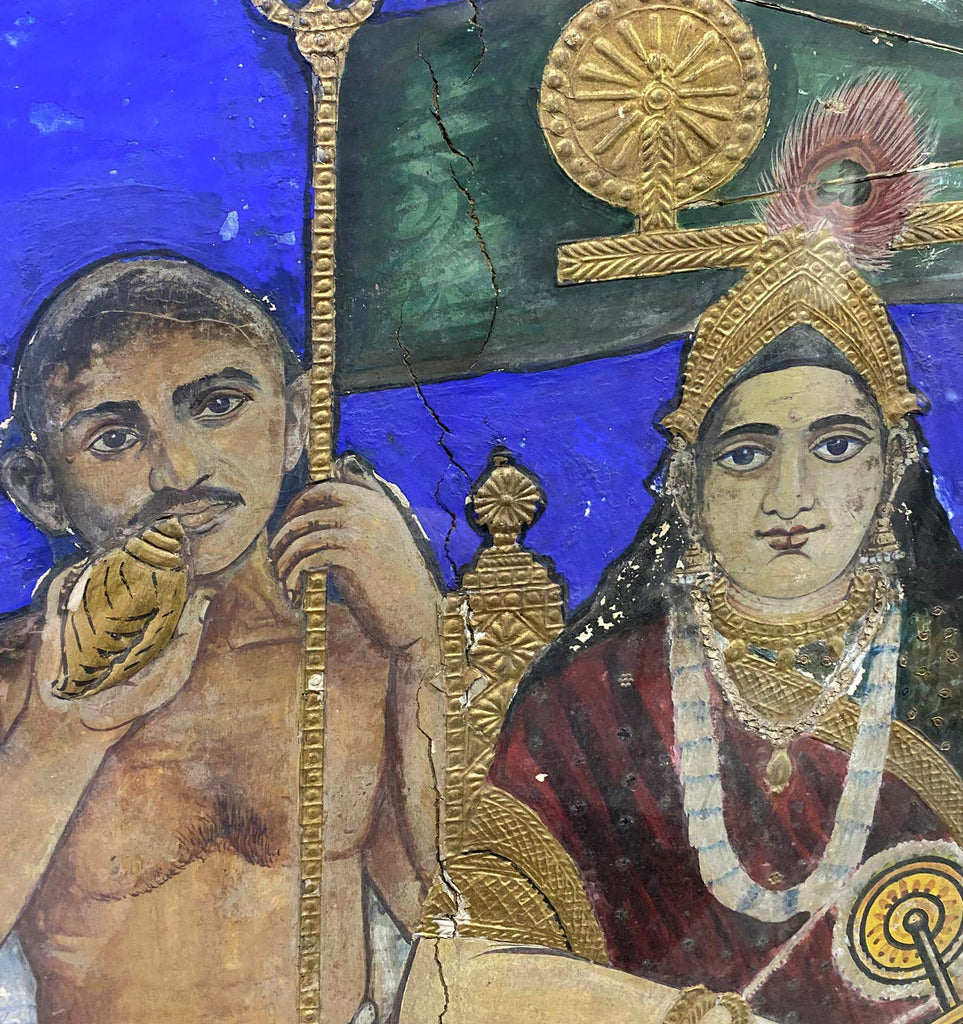
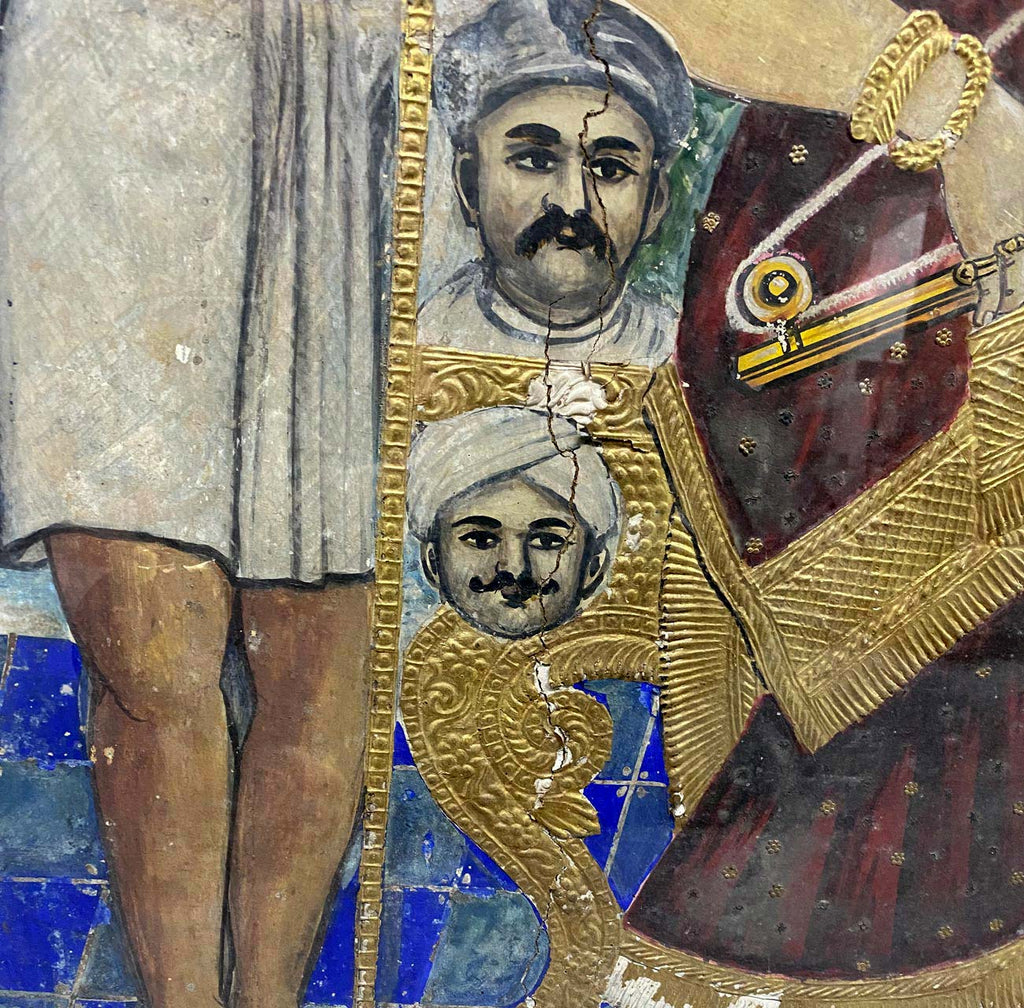
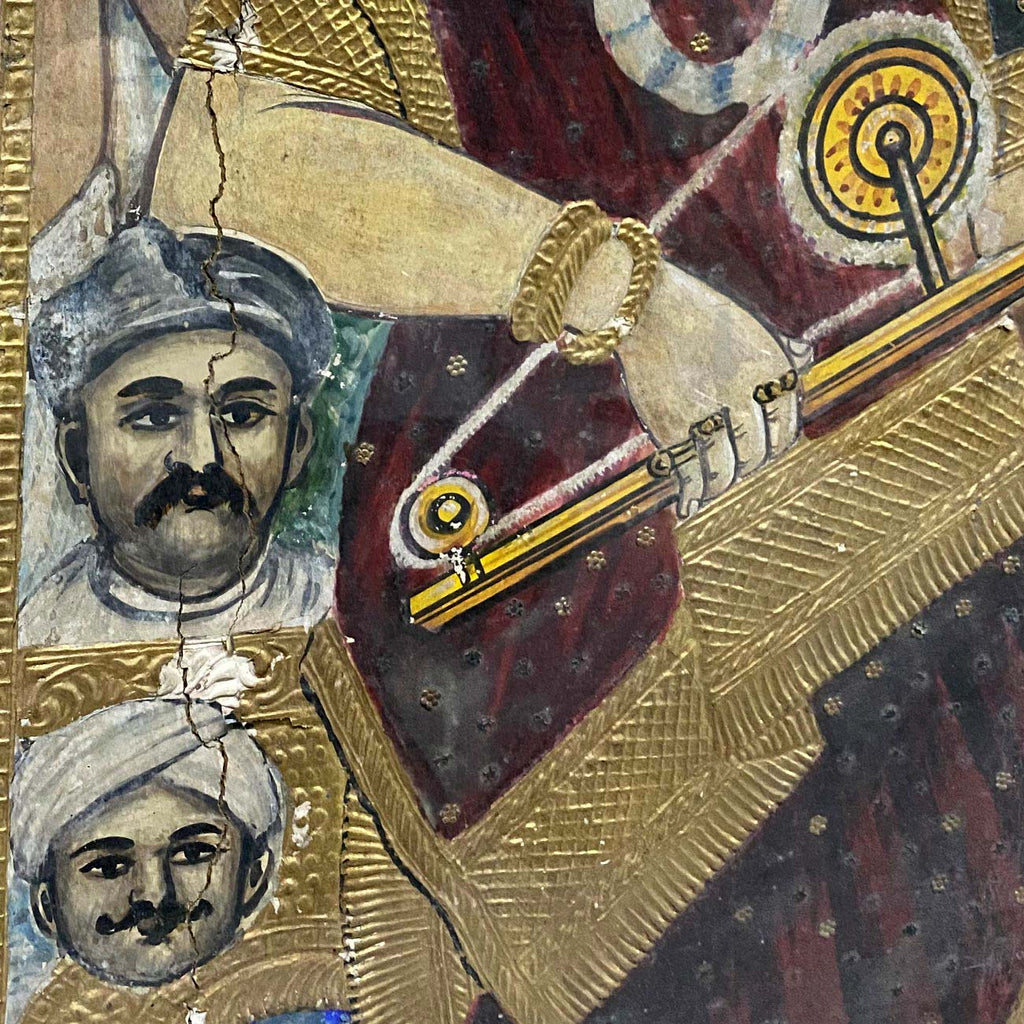
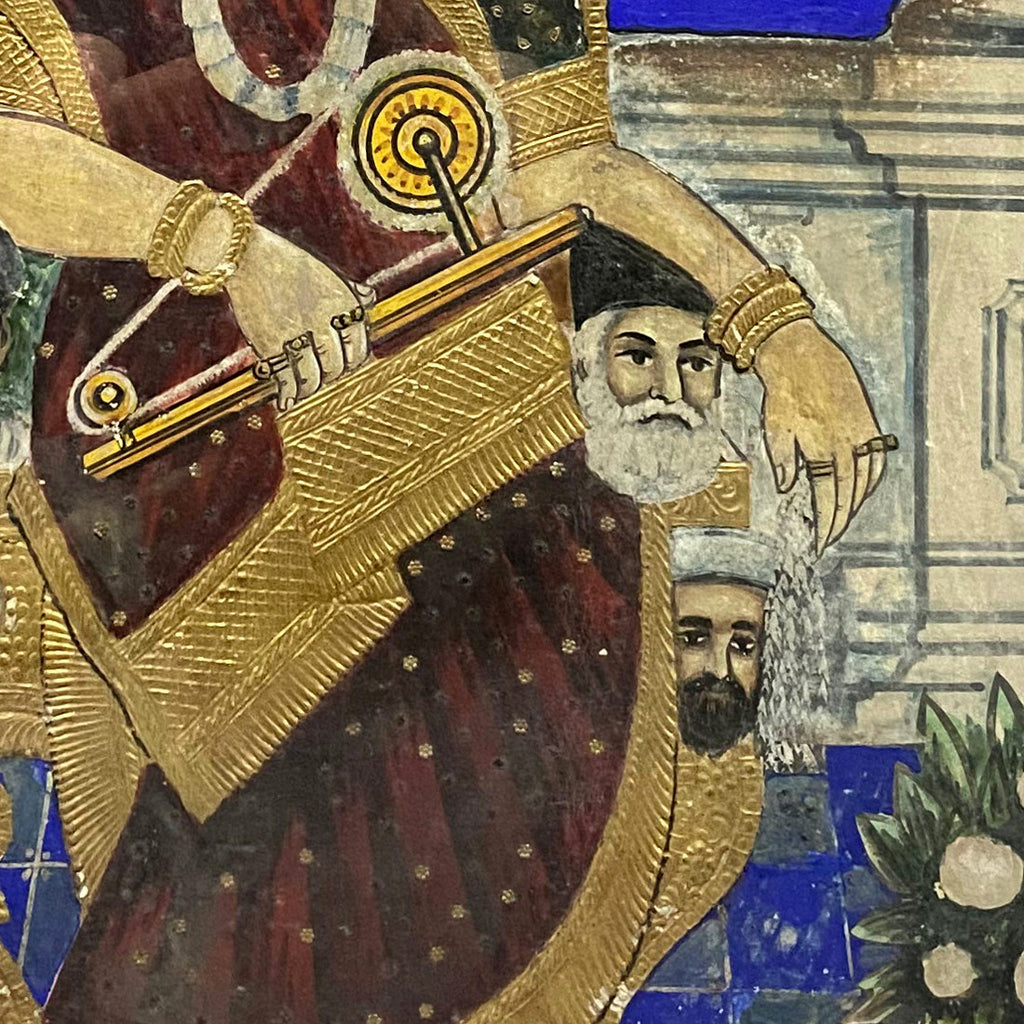
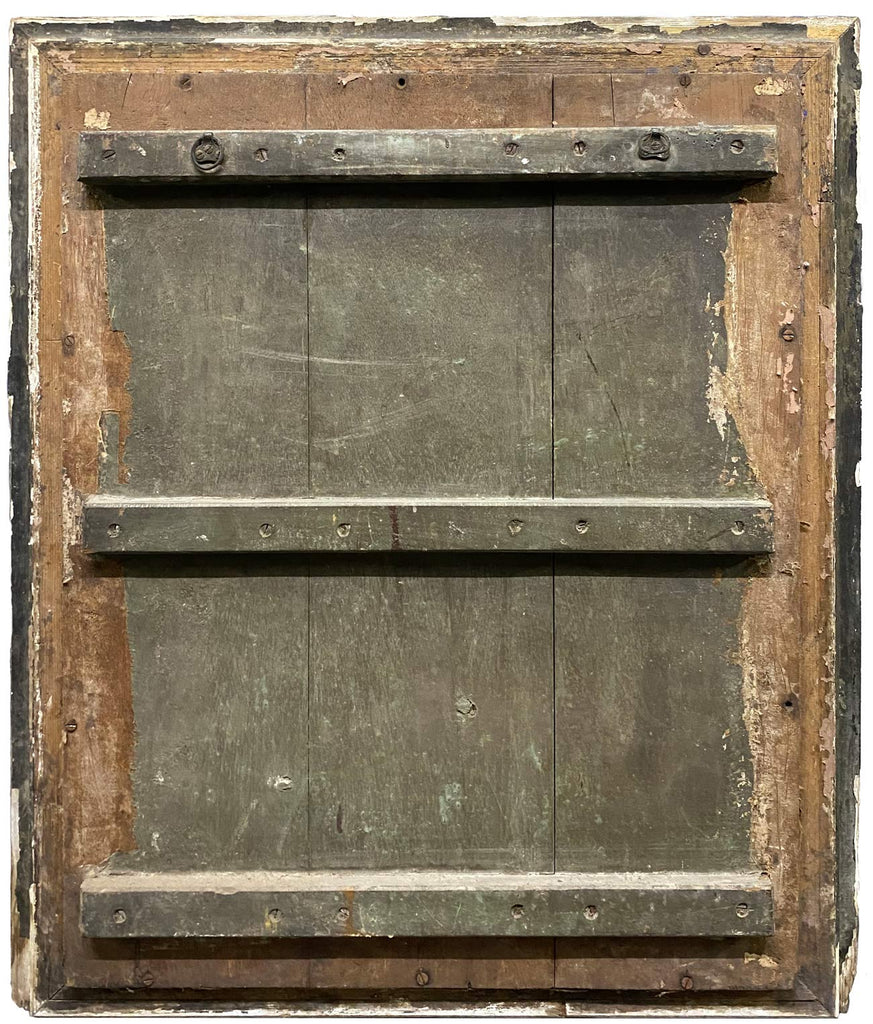
 View Full Screen
View Full Screen
